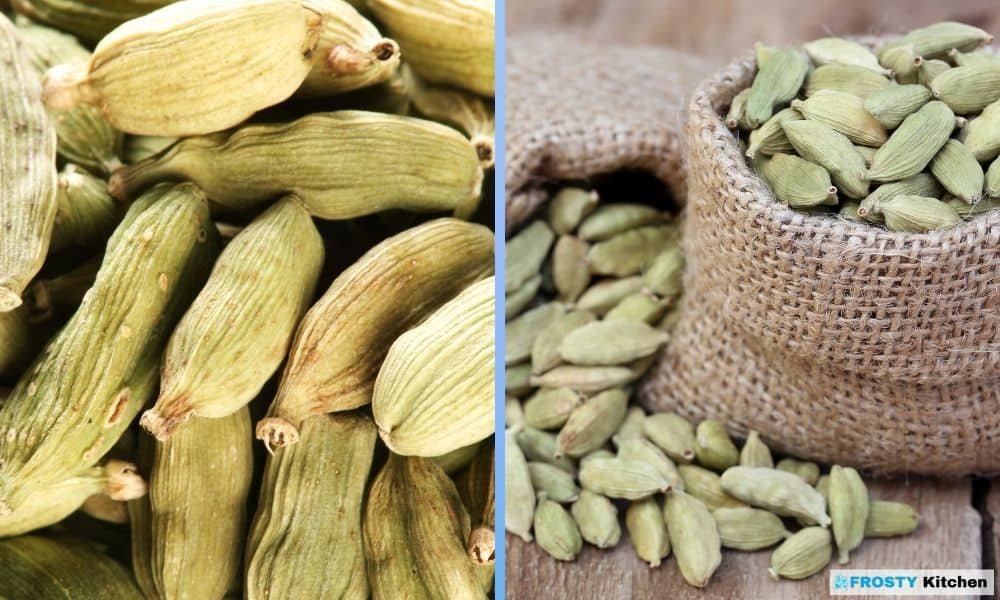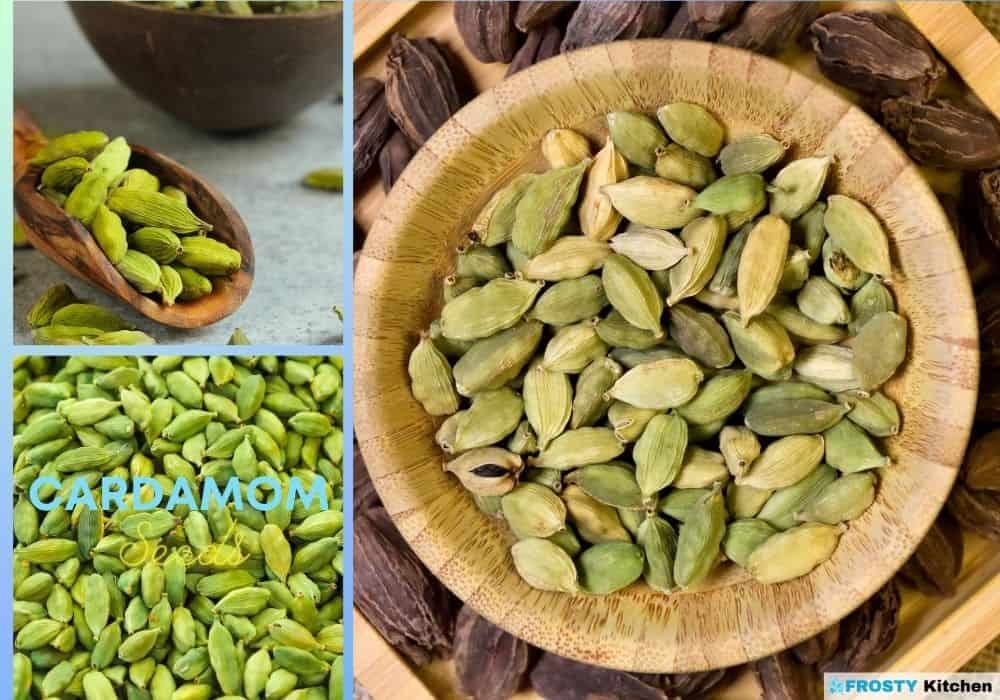Cardamom seeds, known for their aromatic fragrance and unique spicy-sweet flavor, have been a cherished spice in culinary traditions around the world. The journey of cardamom from the ancient spice routes to modern-day kitchens is a testament to its enduring appeal. This guide delves into the art and science of storing cardamom seeds to retain their aromatic essence and flavor for your culinary adventures.
What is Cardamom Seeds?
Cardamom seeds are the small, aromatic seeds of the cardamom plant (Elettaria cardamomum), encapsulated in a green or black pod depending on the variety. The seeds are the essence of the spice, rendering a distinct flavor and aroma that is highly valued in many cuisines, particularly in Indian, Middle Eastern, and Nordic culinary traditions.

Origin and History
Originating from the lush forests of southern India, cardamom has been a prized spice for thousands of years. It journeyed along the ancient trade routes to become a cherished ingredient in various culinary traditions, enhancing both sweet and savory dishes with its unique flavor.
Nutritional Value
Cardamom seeds are not just flavor enhancers; they possess several health benefits:
- Digestive Aid: Known to ease digestive ailments.
- Rich in Antioxidants: Help combat oxidative stress.
- Natural Diuretic: This may help lower blood pressure.
Importance of Proper Storage for Cardamom Seeds
Proper storage is pivotal in preserving the aromatic essence and flavor of cardamom seeds, ensuring they’re at their best when you’re ready to use them.
General Lifespan and Preservation
With proper storage, cardamom seeds can maintain their freshness and aromatic essence for up to a year or even longer.
Factors Affecting the Lifespan of Cardamom Seeds
The lifespan of cardamom seeds can be significantly affected by various factors. Understanding and controlling these factors can help preserve the quality of cardamom seeds over time.
Temperature
A cool, dry place is ideal for storing cardamom seeds to preserve their aromatic oils.
Exposure to Light
Light exposure can degrade the quality of cardamom seeds; hence, storing them in a dark place or in opaque containers is advisable.
Moisture Content
Moisture can cause cardamom seeds to become moldy or lose their potency, making a dry storage environment crucial.
Packaging
Effective packaging, such as airtight containers, is essential to protect cardamom seeds from moisture and air exposure.
Air Quality
Maintaining good air quality, especially low humidity, is pivotal in preserving the freshness and flavor of cardamom seeds.
Signs of Spoiled Cardamom Seeds
Recognizing the signs of spoilage in cardamom seeds will help ensure you’re using them while they’re still fresh and aromatic.
Appearance
Any signs of mold, discoloration, or changes in texture can indicate spoilage in cardamom seeds.
Odor
A stale or off-putting smell can be a clear indicator that the cardamom seeds have gone bad.
Preparation for Storage
Ensuring the cardamom seeds are clean, dry, and free from any debris before storage is crucial to maintain their quality.
Picking the Right Packaging/Container
Selecting the right packaging or containers is vital for preserving the aromatic essence and flavor of cardamom seeds. Airtight containers or vacuum-sealed bags are often the best choices.
Recommended Types of Containers for Storage
Containers such as glass jars with airtight lids, vacuum-sealed bags, or BPA-free plastic containers are suitable for storing cardamom seeds. These containers help shield the seeds from environmental factors like air, moisture, and light, thus preserving their quality and extending their lifespan.
Step-by-Step Guide to Storing Cardamom Seeds
Preserving the potency of cardamom seeds is a straightforward process with the right storage methods.
Method 1: Dry Storage
- Step 1: Ensure the cardamom seeds are clean and completely dry to prevent mold growth.
- Step 2: Transfer the seeds into an airtight container to protect them from moisture and air.
- Step 3: Store the container in a cool, dark, and dry place away from direct sunlight and heat sources.
Method 2: Refrigerator Storage
- Step 1: Ensure the cardamom seeds are clean and completely dry to prevent any moisture-related spoilage.
- Step 2: Transfer the seeds into an airtight, dark-colored or opaque container to shield them from light and moisture.
- Step 3: Place the container in the refrigerator, ensuring it’s away from any strong-smelling foods to maintain the seeds’ flavor integrity.
Frequently Asked Questions
Q1: Can cardamom seeds lose their flavor over time?
Yes, over time, and especially if not stored properly, cardamom seeds can lose their flavor. Proper storage in a cool, dark, and dry environment can significantly prolong their flavor potency.
Q2: How can I extend the shelf life of cardamom seeds?
Storing cardamom seeds in a cool, dark place, and in an airtight container can significantly extend their shelf life and preserve their flavor. Ensuring the seeds are clean and completely dry before storage also plays a vital role in extending their shelf life.
Q3: Can I freeze cardamom seeds to extend their shelf life?
Yes, freezing is a viable option to extend the shelf life of cardamom seeds. However, ensure they are stored in an airtight container to prevent moisture and other contaminants from spoiling them.

